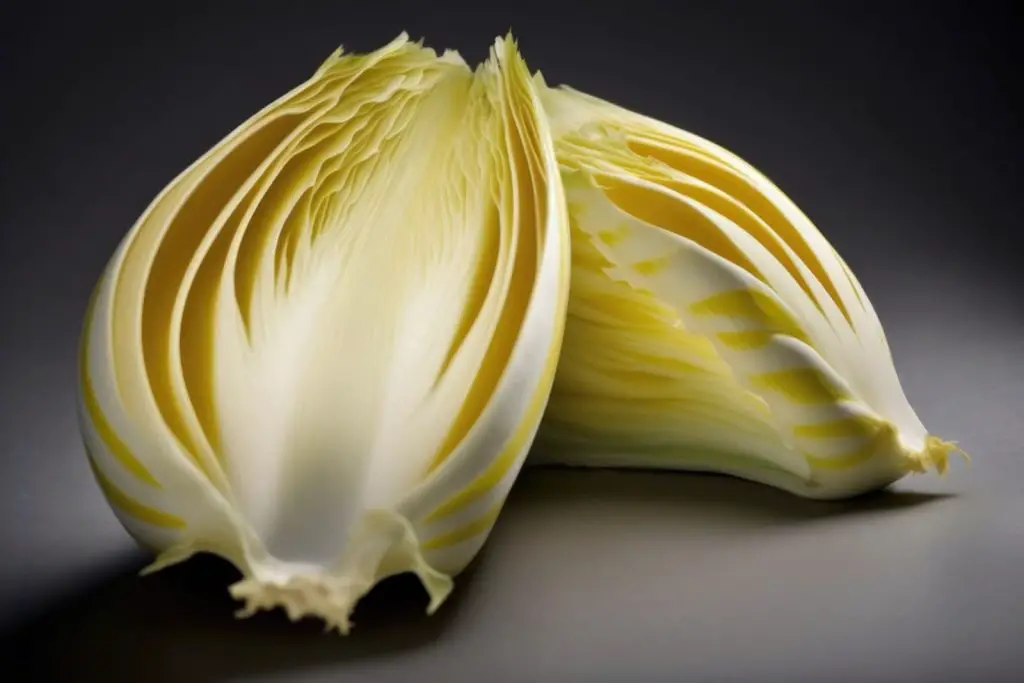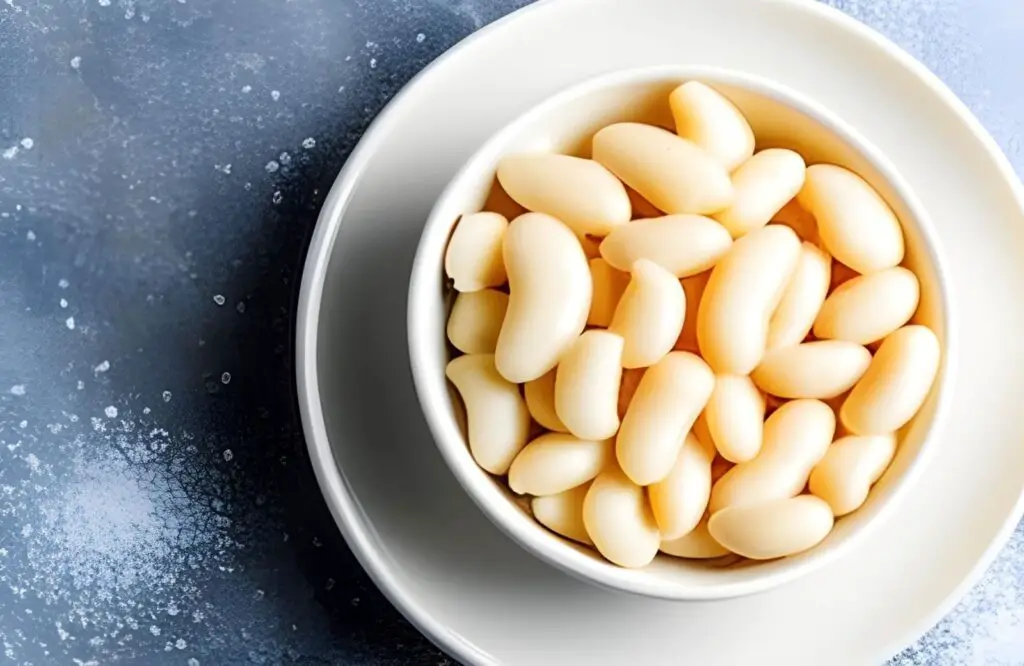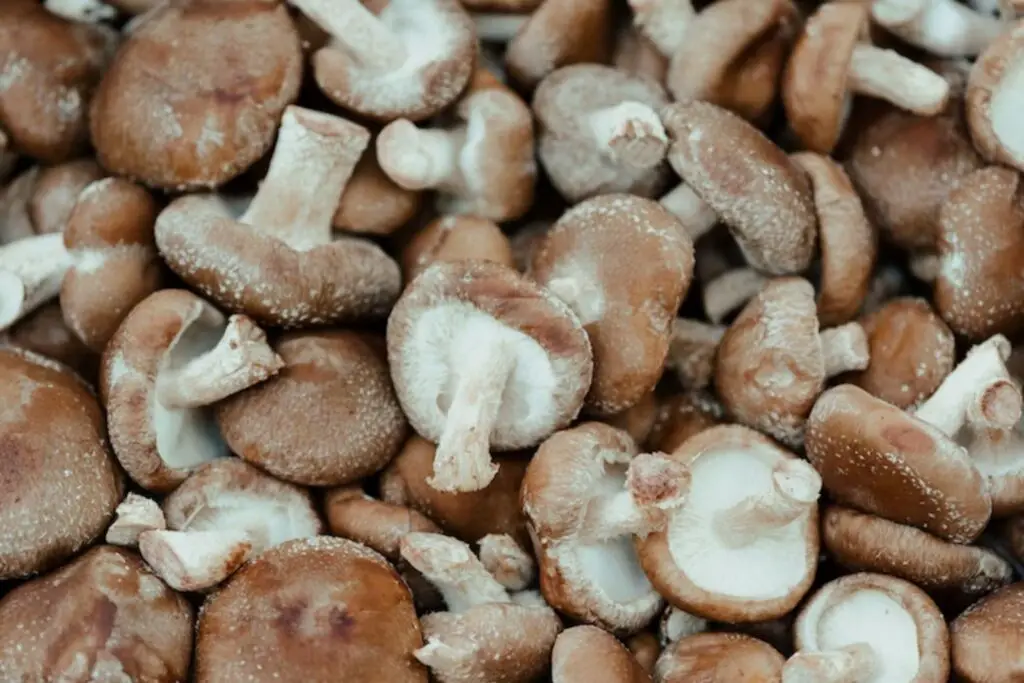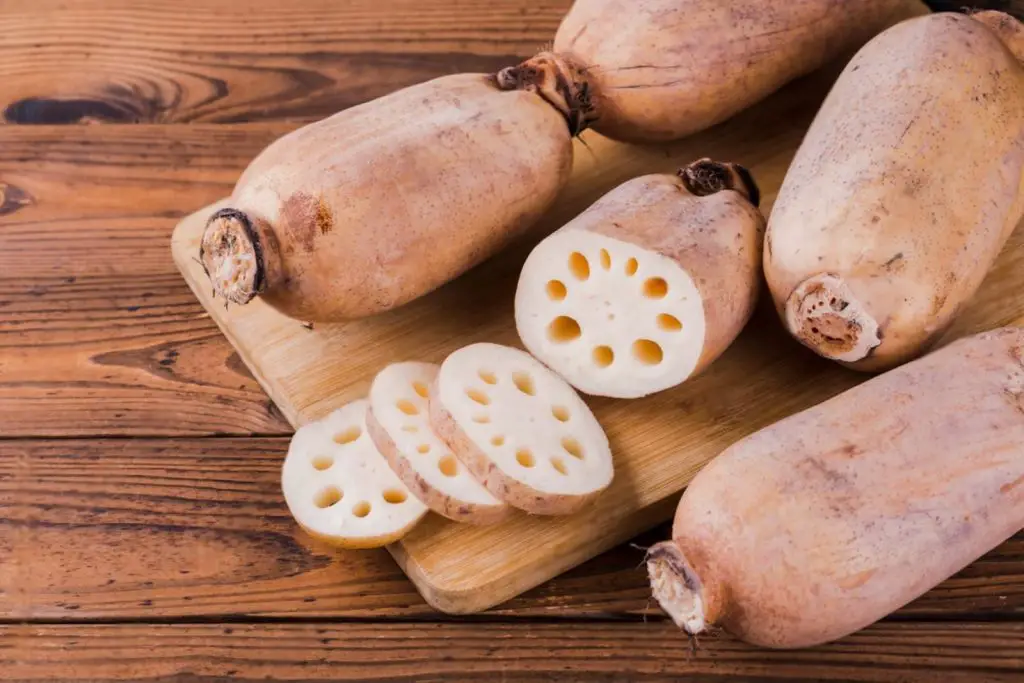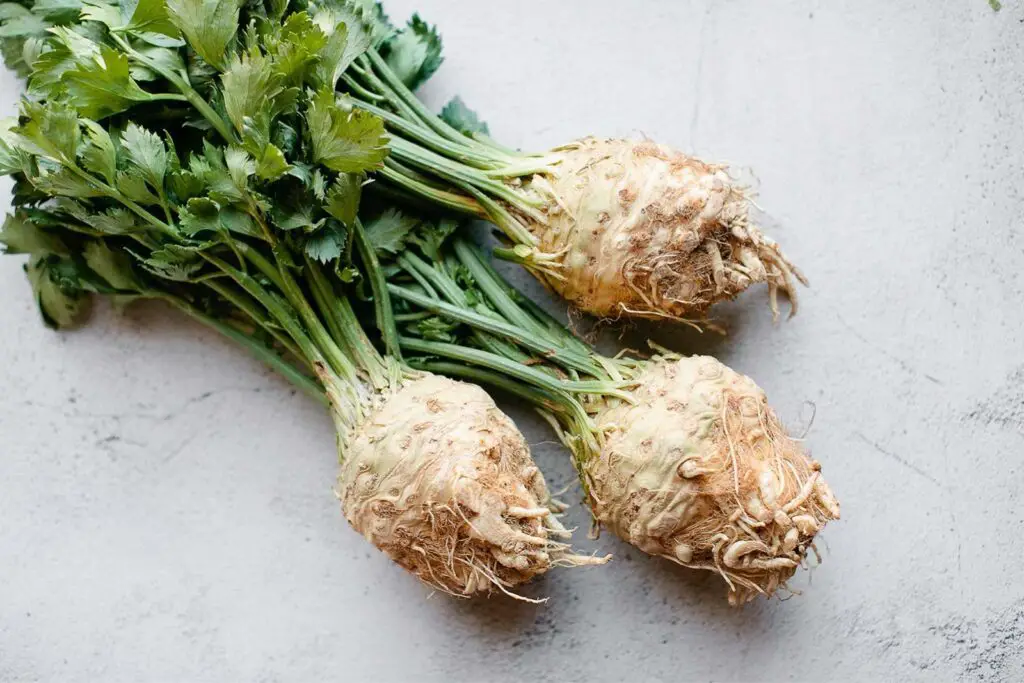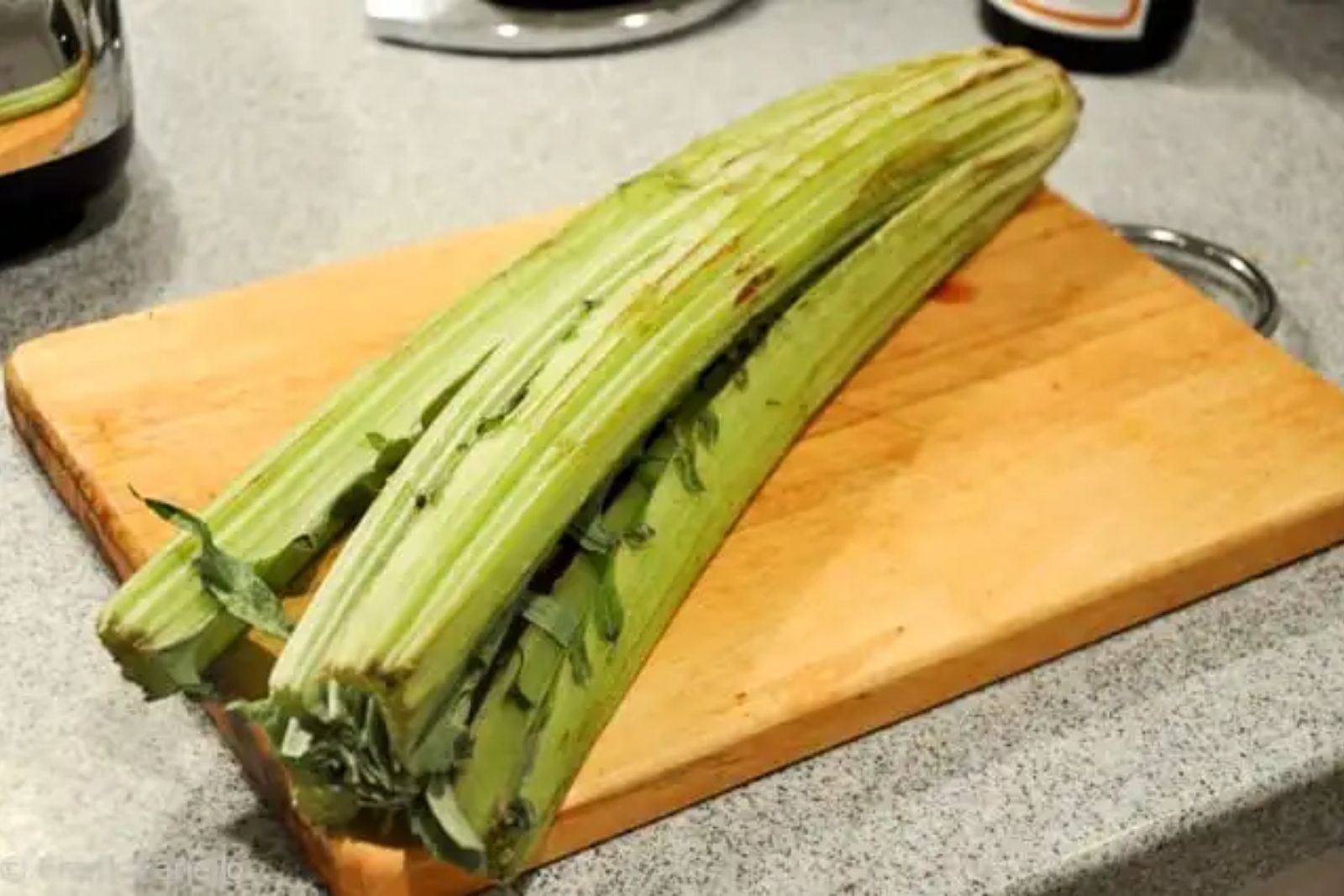
Cardoons are a unique and versatile vegetable known for their artichoke-like flavor and tender, celery-like stalks. With their earthy taste and vibrant texture, cardoons can elevate a variety of dishes, from soups and salads to gratins and casseroles. To extend their shelf life and have cardoons readily available, freezing is an excellent preservation method. Whether you’ve harvested a bountiful supply of cardoons from your garden or simply want to save leftovers, properly freezing them will help maintain their texture and flavor.
Here’s a simple guide on how to freeze cardoons:
Step 1: Prepare the cardoons
Properly preparing cardoons before freezing is crucial to ensure the best quality and ease of use when it comes time to cook with them. Follow these steps to prepare the cardoons for freezing:
- Start by selecting fresh and firm cardoons. Look for ones that have vibrant green stalks and show no signs of wilting or browning. Avoid cardoons that feel soft or have spots of damage, as these may indicate spoilage.
- Once you have chosen your cardoons, it’s important to remove the tough outer leaves. These outer leaves can be fibrous and less desirable for consumption. Use a sharp knife or a vegetable peeler to trim away the outer layer, revealing the tender inner stalks.
- Cardoons have thorns along their stalks, similar to artichokes. To make handling and eating them easier, it’s necessary to remove these thorns. You can use a vegetable peeler or a sharp knife to carefully scrape off the thorns from each stalk. Be cautious while doing this to avoid any injuries.
- After removing the tough outer leaves and thorns, you can proceed to cut the cardoons into the desired sizes. Consider the recipe or dish you plan to use them in. Cardoons can be cut into spears, similar to asparagus, or into smaller pieces depending on your preference and the cooking method you intend to use.
Should I cut cardoons into smaller pieces before freezing?
Cutting cardoons into desired sizes, such as spears or smaller pieces, before freezing allows for easier portioning and usage later. However, you can also freeze them as whole stalks if that better suits your needs.
Step 2: Blanch the cardoons
Blanching the cardoons is an essential step in the freezing process as it helps maintain their visual appeal, texture, and nutritional value. Here’s an explanation of why blanching is important:
- Retaining color: Blanching cardoons in boiling water helps preserve their vibrant green color. The hot water briefly cooks the vegetables and stops enzymatic activity that can cause discoloration. This ensures that the cardoons maintain their appealing appearance even after they are frozen and thawed.
- Preserving texture: Blanching helps maintain the desired texture of the cardoons. The brief cooking process softens the fibers and preserves a crisp, tender texture. By blanching before freezing, you can prevent the cardoons from becoming overly mushy or tough when they are eventually cooked or reheated.
- Removing bitterness: Cardoons can have a slightly bitter taste, especially in their raw state. Blanching helps to reduce this bitterness. The heat of the boiling water helps to mellow the flavor and makes the cardoons more enjoyable to eat.
- Enzyme activation: Blanching activates enzymes present in the cardoons. These enzymes, when left unactivated, can lead to nutrient loss and a decline in quality during freezing. By briefly blanching the cardoons, you ensure that these enzymes are deactivated, preserving the nutritional content and overall quality of the vegetable.
Can I freeze cardoons without blanching them?
Blanching cardoons before freezing is recommended as it helps maintain their color, texture, and nutritional value. However, you can skip the blanching step if you prefer, although the texture and quality of the cardoons may be affected.
Can I freeze cardoons without blanching if I plan to use them in soups or stews?
While blanching cardoons before freezing is recommended for optimal preservation, you can freeze them without blanching if they are intended for use in soups or stews. The cooking process in soups and stews will help soften the cardoons adequately. However, keep in mind that freezing without blanching may result in a slightly altered texture compared to blanched cardoons.
Step 3: Cool the cardoons
After blanching the cardoons, it’s important to cool them down rapidly to halt the cooking process. Here’s why cooling the cardoons promptly is crucial:
- Retaining texture: Cooling the cardoons in ice water after blanching helps to preserve their desired texture. Plunging them into ice water stops the cooking process immediately, preventing further softening or overcooking. This rapid cooling helps maintain the crispness and firmness of the cardoons, ensuring they retain their appealing texture even after freezing and thawing.
- Preventing mushiness: Allowing the cardoons to cool in ice water prevents them from becoming mushy. The cold water helps to rapidly cool down the vegetables, preventing them from becoming excessively soft or losing their structure. This is particularly important if you plan to use the cardoons in recipes where a slight crunch or firmness is desired.
- Preserving color: Cooling the cardoons in ice water also helps to preserve their vibrant green color. The rapid cooling halts enzymatic reactions that can cause discoloration, ensuring that the cardoons retain their appealing visual appearance.
Step 4: Pack the cardoons for freezing
Packing the cardoons properly for freezing ensures that they remain separate and don’t clump together, allowing for convenient portioning and easy access when needed. Here’s why this step is important:
- Preventing sticking: Placing the blanched and cooled cardoons in a single layer on a baking sheet lined with parchment paper helps prevent them from sticking together during the freezing process. This is particularly crucial because if the cardoons freeze together in a solid mass, it becomes difficult to separate them when you only need a portion for cooking.
- Even freezing: Ensuring that the cardoons are not touching each other on the baking sheet allows for even freezing. When the cardoons are spaced apart, the cold air in the freezer can circulate around them, resulting in more uniform freezing. This helps to maintain their texture and prevents them from freezing together into a solid block.
- Partial freezing: Placing the baking sheet with the cardoons in the freezer for a few hours allows them to partially freeze. Partial freezing helps to retain the individuality of each cardoon piece. This makes it easier to transfer them into appropriate storage containers or bags without them clumping together. Partially freezing also reduces the risk of freezer burn by allowing the cardoons to freeze quickly.
Step 5: Wrap the cardoons for long-term storage
Wrapping the partially frozen cardoons properly is essential for maintaining their quality and protecting them during long-term storage in the freezer. Here’s why this step is crucial:
- Preventing freezer burn: Freezer burn occurs when moisture from the food evaporates and forms ice crystals on its surface. This can lead to texture changes, loss of flavor, and overall deterioration of the cardoons. Individually wrapping each cardoon portion or the entire batch in plastic wrap creates a barrier against air exposure, reducing the chances of freezer burn and helping to keep the cardoons fresh.
- Maintaining freshness: The plastic wrap acts as a protective layer that seals in the moisture and flavors of the cardoons. It helps to prevent the cardoons from drying out or absorbing odors from other foods in the freezer. This helps to maintain the overall quality and taste of the cardoons when they are eventually thawed and used in cooking.
- Additional protection with aluminum foil: Wrapping the cardoons in aluminum foil provides an extra layer of protection against freezer odors and moisture. Aluminum foil helps to create a tight seal, further preventing air from reaching the cardoons and reducing the risk of freezer burn. It also adds an extra layer of insulation, ensuring that the cardoons freeze and stay frozen at a consistent temperature.
Should I place cardoons in the freezer bags or containers after double-wrapping?
Using freezer bags or containers after double-wrapping the cardoons is optional. While it is highly recommended for optimal preservation and quality, you can choose to freeze the cardoons in double-wrapping alone if desired. The double-wrapping provides a certain level of protection against freezer burn. However, using freezer bags or containers adds an extra layer of insulation and helps further minimize the risk of air and moisture infiltration, resulting in better preservation.
Step 6: Label and date the package
Labeling and dating the package of frozen cardoons is a crucial step for organization and ensuring their optimal usage. Here’s why it is important:
- Easy identification: By labeling the package, you can easily identify the contents as cardoons. This is particularly helpful if you have multiple items stored in the freezer. Clear labeling will save you time and effort when you’re searching for the specific ingredient you need.
- Date tracking: Writing the date of freezing on the package allows you to keep track of how long the cardoons have been in the freezer. Different foods have varying recommended storage times, and it’s important to use the cardoons within the recommended time frame for the best quality and flavor. The labeled date serves as a reminder of when the cardoons should be used to ensure optimal taste and texture.
- Rotation and inventory management: Labeling and dating the package also facilitates proper rotation and inventory management. It helps you prioritize using older packages of cardoons first, reducing the chances of them being forgotten and left unused for an extended period.
Step 7: Store the wrapped cardoons in the freezer
Storing the wrapped cardoons properly in the freezer is the final step to ensure their long-term preservation and maintain their quality. Here’s why this step is important:
- Airtight packaging: Placing the wrapped cardoons in airtight freezer bags or containers is crucial to prevent air and moisture from entering. This helps to maintain the cardoons’ flavor, texture, and overall quality over an extended period. Airtight packaging also prevents freezer odors from affecting the cardoons.
- Protection from freezer burn: Proper packaging provides a protective barrier against freezer burn. Freezer burn occurs when moisture from the cardoons evaporates, resulting in the formation of ice crystals that can affect the taste and texture of the vegetable. By tightly sealing the package, you minimize the risk of freezer burn and ensure that the cardoons remain in good condition.
- Cold storage: It is essential to store the cardoons in the coldest part of the freezer, typically at or below 0 degrees Fahrenheit (-18 degrees Celsius). This low temperature helps to maintain the cardoons’ quality and slows down the growth of bacteria and enzymes that can cause food spoilage. Storing the cardoons in the coldest part of the freezer ensures that they remain safe to eat and preserves their taste and texture.
- Storage duration: Frozen cardoons can be stored for up to three months without a significant loss in flavor or texture. While they may remain safe to eat beyond this period, the quality may gradually deteriorate. It’s recommended to use the cardoons within the three-month timeframe to enjoy them at their best.
Other related questions
How do I defrost cardoons?
To defrost cardoons, there are a few recommended methods:
- Overnight Refrigerator Thawing: Place the frozen cardoons in a covered container or a sealed plastic bag and thaw them in the refrigerator overnight. This gradual thawing process helps preserve the texture and quality of the cardoons.
- Cold Water Thawing: If you need to defrost the cardoons more quickly, you can submerge the sealed package in cold water. Change the water every 30 minutes to maintain a cold temperature. This method typically takes 1 to 2 hours, depending on the size of the cardoons.
- Microwave Thawing: Use the defrost setting on your microwave to thaw small portions of cardoons. Follow the microwave’s instructions for defrosting frozen vegetables and monitor the process closely to prevent overcooking.
Can I refreeze cardoons?
It is generally not recommended to refreeze cardoons once they have been thawed. Refreezing can affect the quality and texture of the vegetable, resulting in a loss of flavor and overall deterioration. It is best to consume or use thawed cardoons promptly to ensure the best taste and texture.
How do I know if the cardoons have gone bad after being frozen?
After being frozen, if cardoons develop an off odor, unusual color changes, or significant freezer burn, it is an indication that they may have gone bad. Additionally, if the texture becomes excessively mushy or the flavor is noticeably altered, it is a sign of potential spoilage. It is important to trust your senses and discard any frozen cardoons that exhibit these signs of spoilage.
Can I freeze cooked cardoons?
Yes, you can freeze cooked cardoons. However, it’s important to note that the texture may change slightly upon thawing, and they might become softer. It’s recommended to slightly undercook the cardoons before freezing to compensate for any texture changes.
Can I freeze cardoon leaves and stalks separately?
Yes, you can freeze cardoon leaves and stalks separately if desired. Simply follow the same blanching and freezing process for both parts. However, keep in mind that the texture and cooking times may vary between the leaves and stalks.
Can I freeze cardoons that have been marinated?
Freezing marinated cardoons is possible, but it may affect the texture and flavor of the vegetable. The marinating process can lead to changes in the cardoons’ consistency when frozen and thawed. It is recommended to freeze cardoons before marinating them, and then marinate them after they have been thawed for the best results.
Can I freeze cardoons that have been stuffed or filled with other ingredients?
Freezing cardoons that have been stuffed or filled with other ingredients is possible, but it may alter the texture and integrity of the filling during the freezing and thawing process. The moisture content in the stuffing can affect the overall quality and consistency. It is recommended to freeze the cardoons and the filling separately, and then combine them after thawing for the best results.

